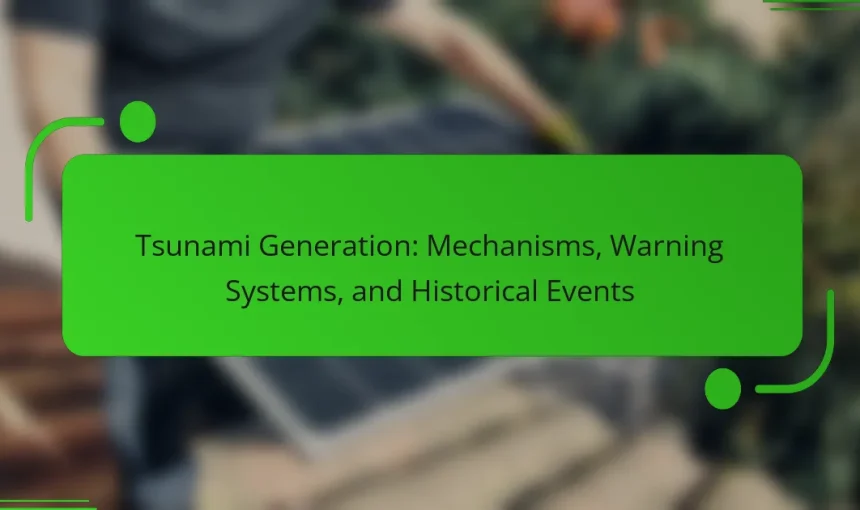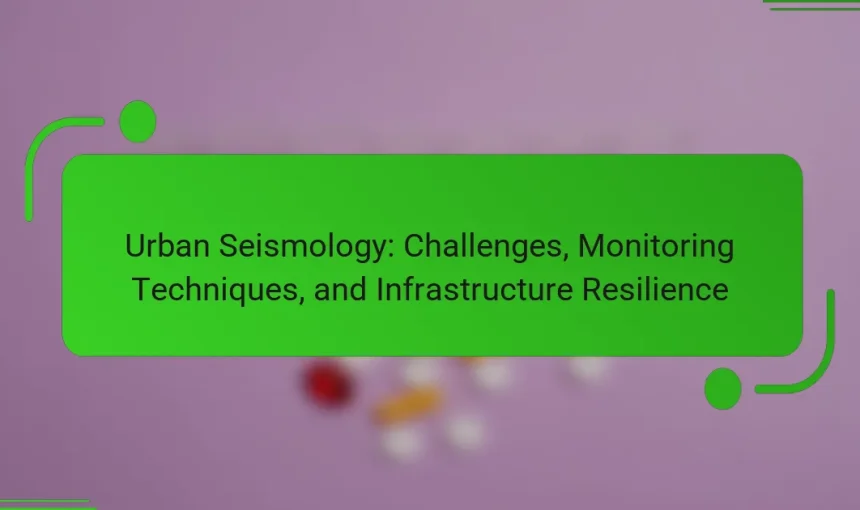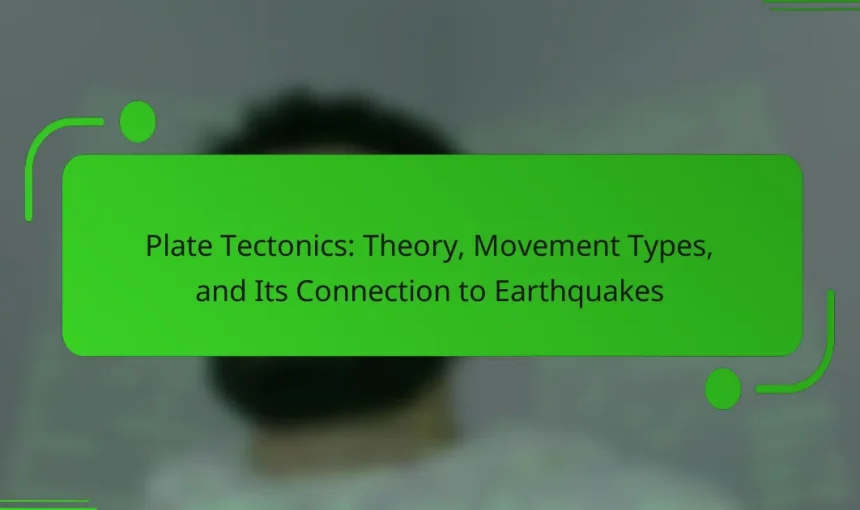Tsunamis are large ocean waves primarily generated by underwater disturbances such as earthquakes, volcanic eruptions, and landslides, with seismic activity along tectonic plate boundaries being the most common cause. The article explores the mechanisms of tsunami generation, detailing how significant seismic events can displace vast volumes of water, leading to destructive waves. It also examines […]
Urban seismology is the study of seismic activity within cities, focusing on the impact of earthquakes on urban infrastructure. This field analyzes ground motion, building responses, and potential hazards, integrating data from seismic networks with urban planning to enhance earthquake preparedness. The article explores the challenges faced in urban seismology, advanced monitoring techniques employed to […]
Plate tectonics is a scientific theory that explains the movement of Earth’s lithosphere, which consists of rigid plates floating on the semi-fluid asthenosphere. The article outlines the types of plate movements, including divergent, convergent, and transform boundaries, and their geological implications, such as the formation of new crust, subduction zones, and fault lines. It also […]


